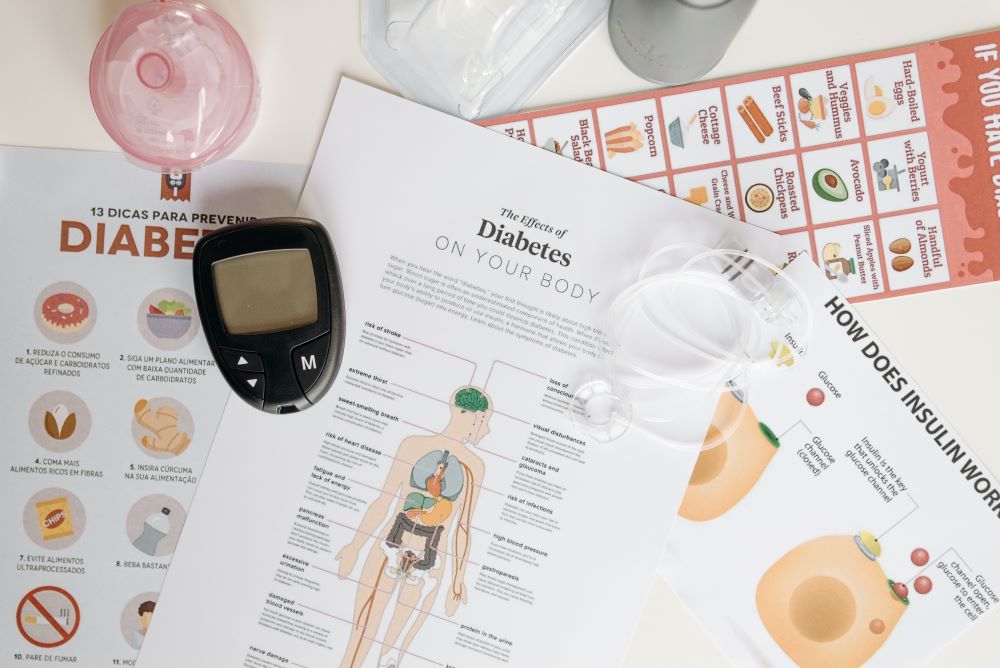Artificial intelligence can accurately predict risk factors for Type 2 sooner, according to scientists.
Type 2 diabetes is one of the most prevalent, and damaging, diseases in the world today. Millions and millions of people are living unstable blood sugar, and the harm that this condition can deliver is significant. From serious, life-altering symptoms to more subtle, yet still important issues, it can present daily challenges. One of the keys to helping people get the care they need is screening for Type 2 risk factors and achieving diagnosis sooner. And while there is already a range of techniques and tools used to diagnose Type 2, another one has recently emerged. This new trend leverages the growing power of artificial intelligence (AI).
When one thinks about testing for diabetes, it’s likely to picture tests involving the blood. Those already diagnosed, after all, have to test their own blood routinely to evaluate blood sugar levels and make adjustments to their food intake or medication as necessary. It might be surprising to learn, then, that the latest technique has nothing to do with collecting blood at all.
Instead, frontal chest radiographs are used to create an image that can be evaluated by the artificial intelligence model, and early results for diagnosis have proven to be highly precise. Thus, AI may prove to be a tool that helps doctors more accurately identify when patients need to be treated for this serious condition.

So much time and effort – and money – is being put into type 2 diabetes research because the scale of the problem is simply staggering. Well over 30 million Americans already have the condition, and that number has been on an upward trend for years. Moreover, of those living with symptoms, the majority have not yet been formerly diagnosed, meaning they are living without proper treatment.
Perhaps even more concerning is the massive portion of the population that is prediabetic. It is estimated that nearly 100 million people in the U.S. are prediabetic, a condition that is likely to proceed into Type 2 diabetes without adequate intervention.
Plenty of risk factors exist for developing full-blown diabetes, including being overweight, smoking, being physically inactive, and having family members with the condition. Research has shown that individuals with a parent or sibling with type 2 diabetes are at a higher risk of developing the condition themselves. Excessive consumption of sugary foods and beverages also leads to weight gain and insulin resistance, both of which contribute to the development of this condition.
Through relatively simple lifestyle adjustments, it is possible for many people in the prediabetic group to avoid progressing to being officially diagnosed. Making healthier dietary choices, such as incorporating more fruits, vegetables, and whole grains, can help reduce one’s risk. Daily exercise helps improve insulin sensitivity, allowing the body to use glucose more efficiently.
If left untreated, or poorly treated, Type 2 diabetes can cause severe complications and long-term effects on various organs, including the development of cardiovascular disease and stroke, high blood pressure and high cholesterol. Kidney damage is also possible. Over time, high blood sugar levels can cause this damage, leading to a condition known as “diabetic nephropathy.’ If left untreated, the nephropathy can progress to kidney failure, requiring dialysis or a kidney transplant. Nerve damage and gastrointestinal issues are also common.
It’s inevitable that AI is going to continue to play an ever-increasing role in health care, and this development is just another example of that trend. Hopefully, with the new screening method, medical professionals will be able to accurately diagnose more people who are unknowingly living with Type 2 diabetes so they can get the care they need quickly.
Sources:
AI model developed using chest radiographs can aid detection of type 2 diabetes
Type 2 diabetes: Artificial intelligence model predicts onset within 12 hours


Join the conversation!